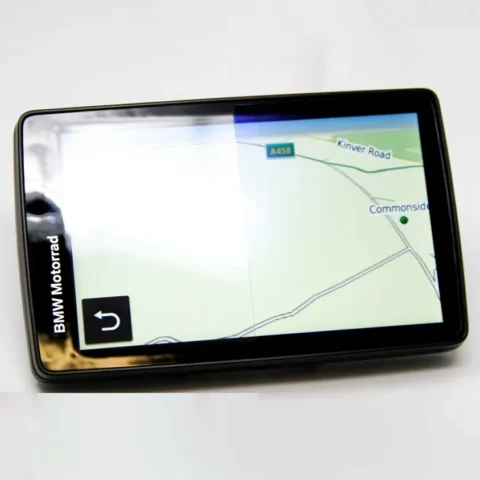
Say Goodbye to Glare: The Essential Garmin Nav 6 Anti-Reflective Film
With the Garmin Nav 6 Anti-Reflective Film, you can say goodbye to shading a screen in harsh sunlight
NOTICE: Any orders placed from 28th July to 3rd August will not be dispatched until 4th August

With the Garmin Nav 6 Anti-Reflective Film, you can say goodbye to shading a screen in harsh sunlight

Diamond Coatings supply an extensive range of special thin film optical coatings within the visible & infra-red regions of the light spectrum.

ITO coating specialists Diamond Coatings supply a broad range of high-quality Diamet ITO coated plastic films suitable for a diversity of applications.

ITO coated glass suppliers Diamond Coatings supply different types of ITO conductive glass suitable for numerous industries’ applications.

The ITO coated polyester film UK based company Diamond Coatings produces is the perfect solution to 21st Century display & communications technology’s demands.

Conductive Copper Tape UK: Diamond Coatings’ adhesive conductive copper tape offers a range of benefits that make it suitable for many different applications. Here are some of these benefits and applications.

Boasting an excellent balance of properties that makes them in many ways superior to other coated thermoplastic polymers, Diamond Coatings’ ITO coated PET film rolls provide the ideal substrate for a wide range of converting industry applications.

Diamond Coatings UK recently launched a new ITO coated glass slides range featuring a layer of silicon oxide. Here is why.

Diamond Coatings’ AR1617 anti reflective coating film is a highly cost-effective and incredibly useful solution for large digital signage and display applications.

A pliable, lightweight and transparent substrate with outstanding heat & impact resistance, polycarbonate is unfortunately comparatively soft and subsequently somewhat lacking in scratch resistance. Applying our anti scratch coating remedies this lack and makes polycarbonate almost equal to glass in terms of hardness.